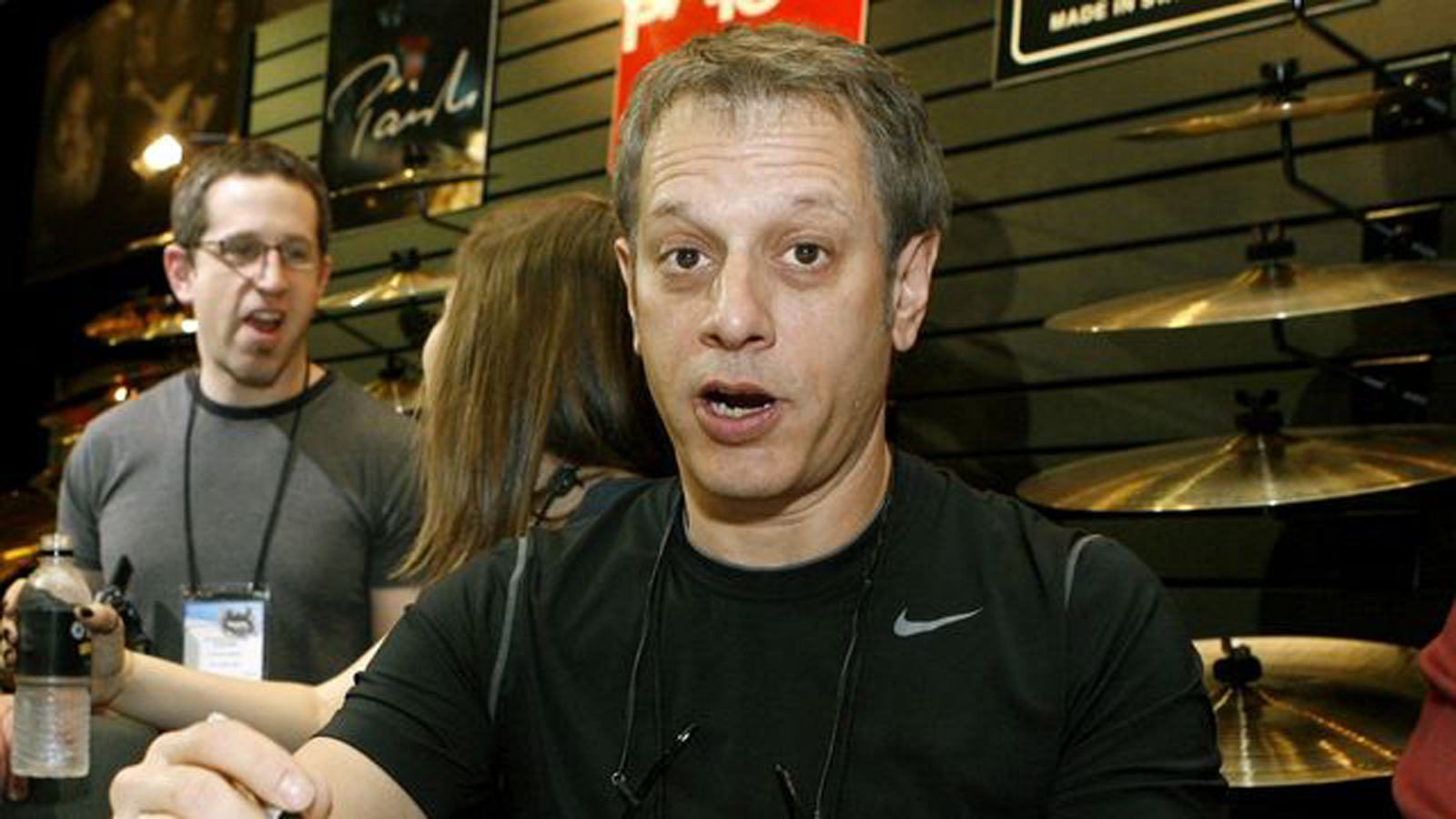Dave Weckl's Top Five Tips On Practising
The fusion ace gives Rhythm his advice for maximising your practice routine

1. HIT THE PAD
"If you're plagued by sound or volume limitations, you can get a lot of work done on just a pad. I suggest doing most of your rudiment and chop practising on a pad, so you can save the 'noise making' for application of those on the kit."
2. SIT COMFORTABLY
"Set up your kit to make sense with your natural body movements and hand positions. Sit at your kit, close your eyes, let the sticks hang down at your sides. Bring up your right hand in a Moeller motion, whipping the stick down as to hit the snare. Don't try and hit it, stop at the 'crack of the whip'. If you didn't hit your snare, you should have a rim shot. Do the same with all the drums. Then move them to your body, not the other way around."
3. GET A GRIP
"Let the sticks do as much of the work as possible. This works only if the grip point is primarily at the thumb and middle finger, so the stick is balanced from the centre of the hand. All fingers are in contact with the stick as much as possible, while the feeling of 'bouncing a ball' is maintained while throwing the stick down to the head using the wrist - thumb sideways, palm down."
4. GET THE FEEL
Get the MusicRadar Newsletter
Want all the hottest music and gear news, reviews, deals, features and more, direct to your inbox? Sign up here.
"I highly recommend Gary Chester's book The New Breed. These exercises will tear you apart, and create the ability to analyse at a microscopic level the internals of your playing and grooves, necessary to identify feel problems. It'll also increase your consistency level, one of the hardest things to achieve in anything we do."
5. TRY THE 'SING TEST'
"Record yourself playing grooves and fills. Play it back and see if you can sing what you just played. Would you sing it? Is it really what you want to say? Practise singing drum grooves and fills, concentrating on making it sound and feel like you want it to. The idea is to intend everything you play from a musical perspective. You'll probably find you'll play more simple, effective grooves and fills with this idea in mind."

“I’m sorry I ruined your song!”: Mike Portnoy hears Taylor Swift's Shake It Off for the first time and plays along... with surprising results

“Nile's riff on Get Lucky is a classic example of a funk riff, where the second of each 16th-note duplet is slightly delayed”: Locking down the theory of groove










